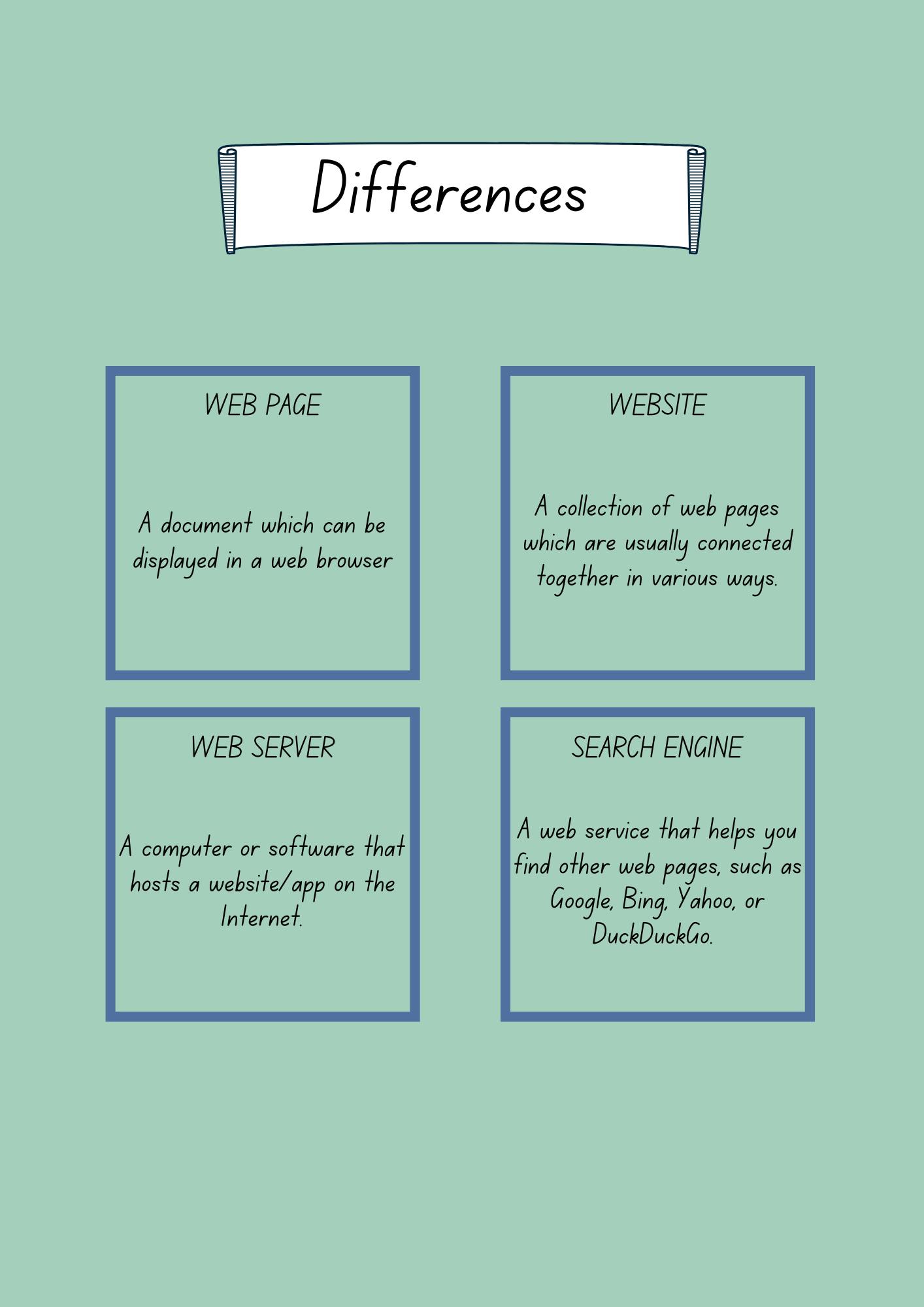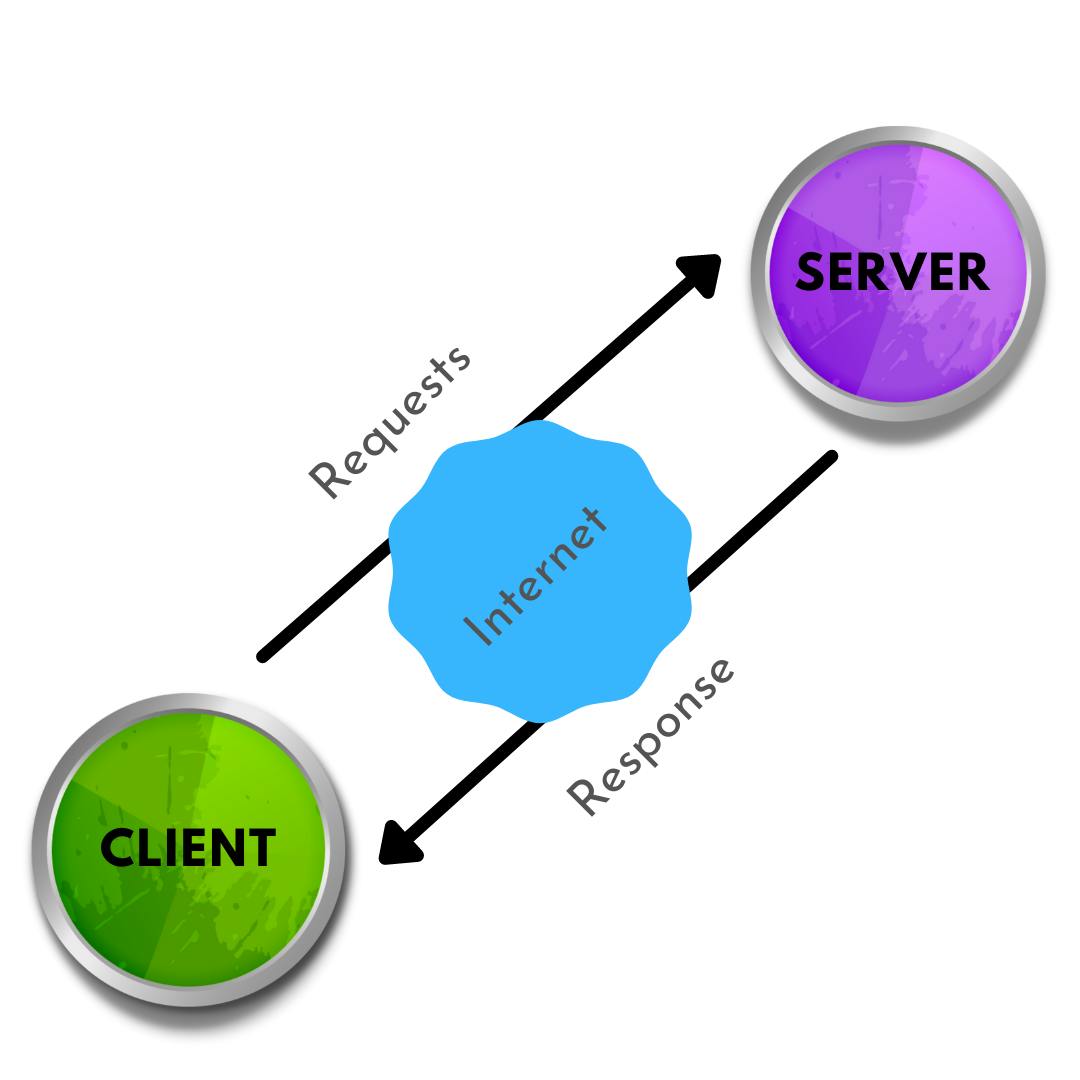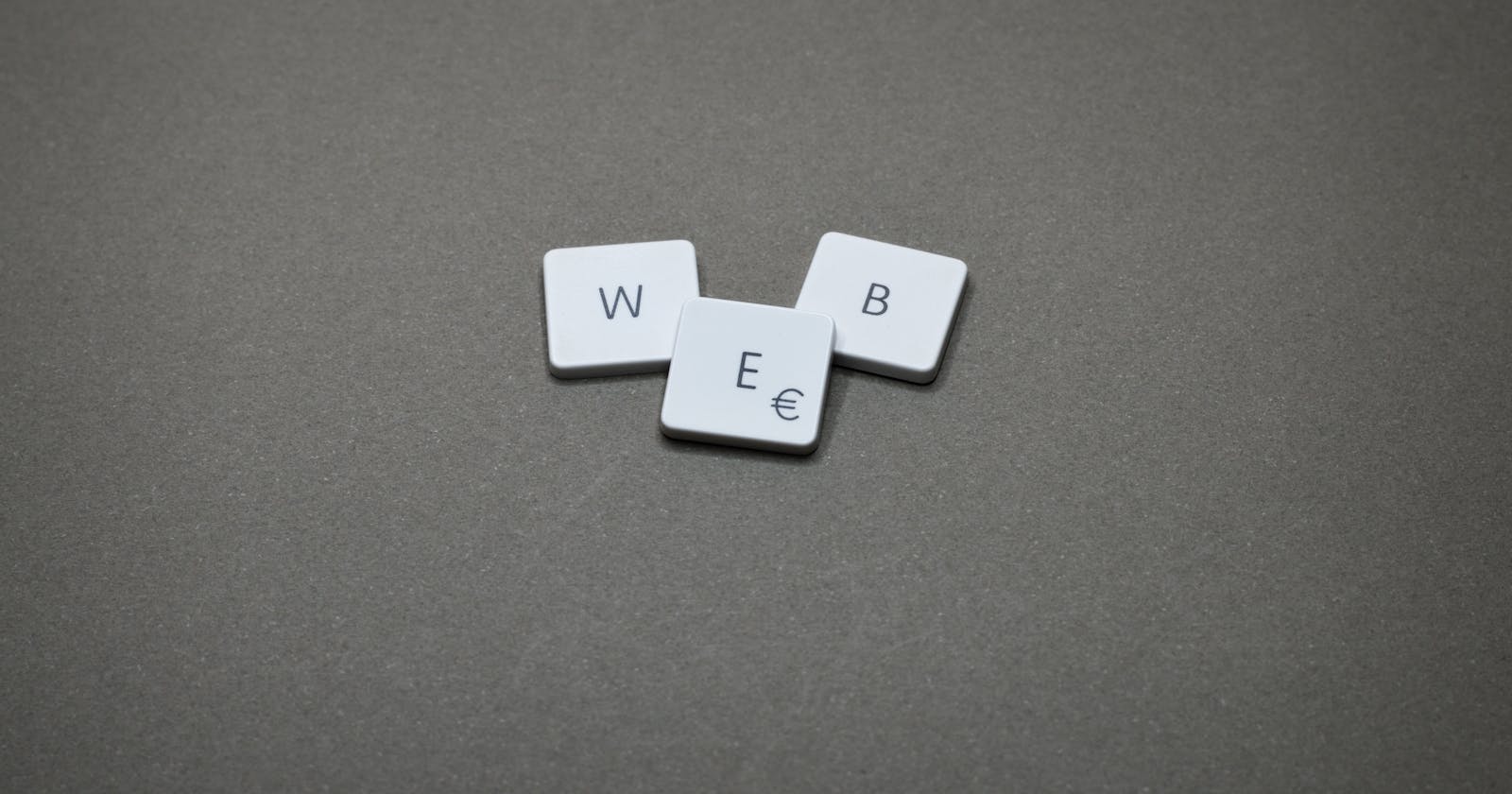The web is a very complex system, and it can be difficult to understand how it all fits together. The web is an extremely powerful new medium. It has changed the way we live, work, and communicate, and it's only going to get more powerful. But how does it work? How is the web created? And why is it so important? This article will explore these questions and more. To start, you need to know a little bit about how the web works.
But all these is made possible by the Internet. According to Wikipedia, the internet is a global system of interconnected computer networks that uses the Internet protocol suite (TCP/IP) to communicate between networks and devices. Whatever that is communicated between these networks and devices is a form of data. But to make communication faster, the data is divided into packets and passes through different media till it gets to it destination.
As with any area, the web comes with a lot of jargon. There are a few basic terms you need to understand, since you'll hear these expressions all the time. These terms and technologies and their differences are outlined below.

All computers connected to a network that take part directly in the communication are known as hosts. They can send and receive messages on the network. In modern networks, computer hosts can act as a client, a server, or both, as shown. The software installed on the computer determines whether it is a client or server.

Servers are hosts that have software installed to provide information, like email or web pages, to other hosts on the network. Each service requires separate server software. For example, a host requires web server software to provide web services to the network. Every destination you visit online is offered to you by a server located somewhere on a network connected to the global internet.
Clients are computer hosts or the computer itself with software installed that enables the hosts to request and display the information gotten from the server. An example of client software is a browser.
The web has two fundamental parts: URLs and HTTP. URLs are the addresses that websites use to identify themselves. You can think of URLs as your "address book" for the web. Whenever you visit a website, you tell it where to go using a URL — and your browser will take you there.
The other part of the web which makes it easy for us humans to visit or search by typing their names for pages or websites is by the use of Domain Name Servers(DNS). This is because web addresses are special numbers that look like this: 60.246.237.20 known as IP addresses. However, it's not very easy to remember that's why Domain Name Servers(DNS) were invented.
So what happens when you run a search on google.com in your browser?
What the broswer does is go to the DNS server and find the server's actual address that the website lives on. It then sends HTTP request message to the server, requesting it to send a some copy of the website to the client. The message, and other data sent between the client and the server, is sent across your internet connection using TCP/IP. If the server has the data, it approves the client's request and sends the client a "200 OK" status code message, which informally means "you can look at that website!", and then starts sending the website's files to the browser as a series of small pieces called data packets. The browser, finally assembles the small pieces into a complete web page and displays them.
References:
